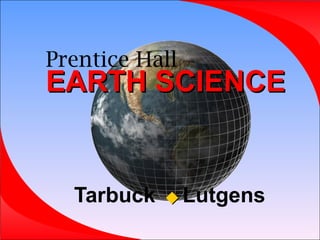The document discusses the history of astronomy and the Earth-Moon-Sun system. It describes how early astronomers developed geocentric and heliocentric models of the solar system. Key figures like Copernicus, Kepler, Galileo and Newton made important contributions through observations and theories of gravity and planetary motion. Their work established the foundations of modern astronomy. The document also summarizes the motions of Earth, phases of the Moon, and features of the lunar surface such as maria and craters formed by impacts.















































